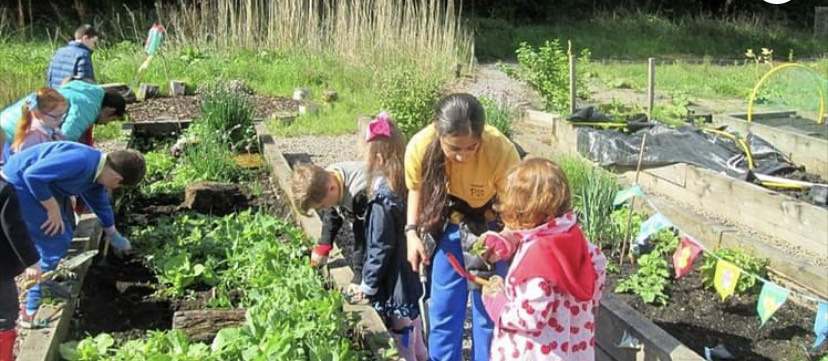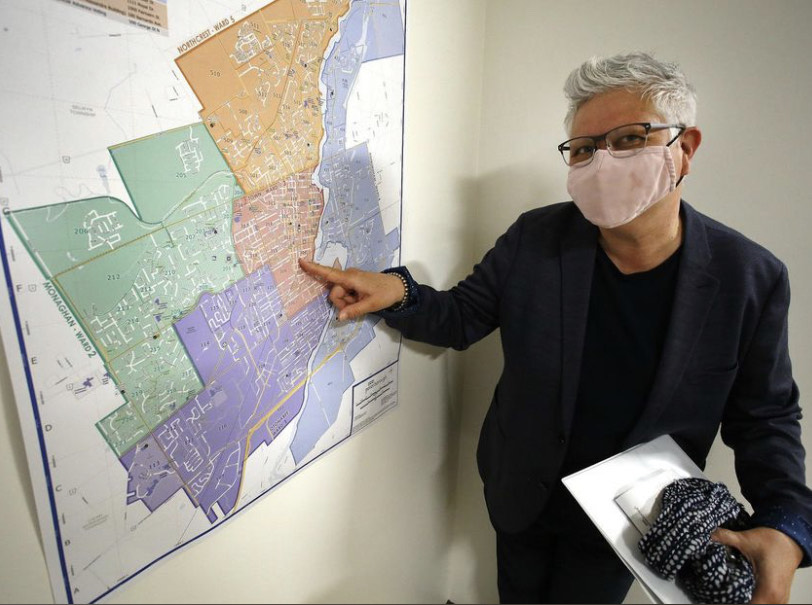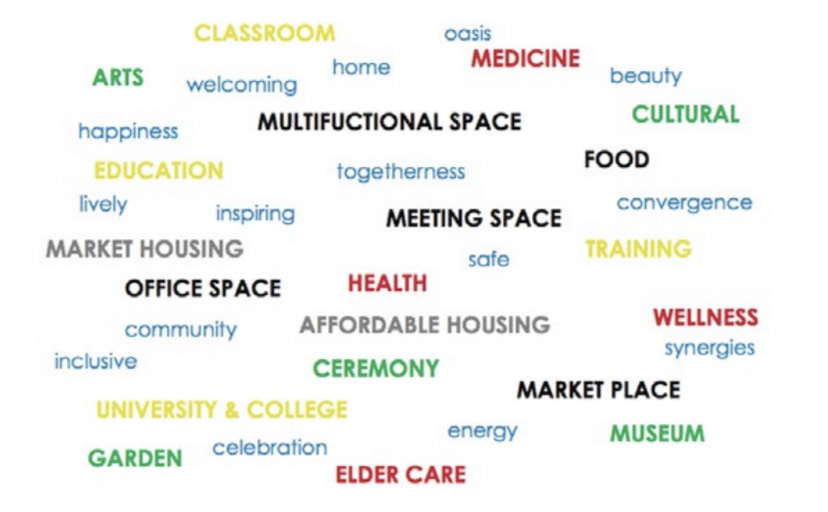Expand Food Security, Barrier-free Health & Wellness in a Community Hub system
Enhance access to community-based skills and training, food security, and barrier-free health and wellness by creating a community hub system

Inspired by the success of cooperative communities like Granville Island and False Creek, create a Community Hub System in the downtown that will become a beehive of inclusive community activity, wellness, and partnership.
In Peterborough, this could be a place for promoting and co-learning circular economy skills and training, by hosting repair cafes, tool libraries, arts and crafts supplies, urban agriculture and community plots to support food security, cooking classes and communal dinners, health services and wellness classes, family activity days, youth events, artisan maker-events, and by holding space and priority for Indigenous culture and reconciliation.
A Community Hub System could give youth, and the less-connected and vulnerable people in our community a safe and welcoming space and a place of purpose to gather and share skills and knowledge by teaching, learning, sharing and creating.

What is a Community Hub?
Community hubs provide a central access point for a range of needed health and social services, along with cultural, recreational, and green spaces to nourish community life. A community hub can be a school, a neighborhood centre, an early learning centre, a library, an elderly persons centre, a community health centre, an old government building, a place of worship or another public space. Whether virtual or located in a physical building, whether located in a high-density urban neighborhood or an isolated rural community, each hub is as unique as the community it serves and is defined by local needs, services and resources.

When people think of community hubs, they think of places where people come together to get service, meet one another and plan together, We’ve heard that community hubs are gathering places that help communities live, build and grow together. No community hub is like another, as each brings together a variety of different services, programs and/or social and cultural activities to reflect local community needs. It is this diversity of activity that allows community hubs to play a critical role in building economic and social cohesion in the community.
“Community Hubs in Ontario: A Strategic Framework and Action Plan, p.7” 2015

Jacobs saw cities as living ecosystems. She took a systemic look at all the elements of a city, looking at them not just individually, but as parts of an interconnected system. She supported bottom-up community planning, relying on the wisdom of those who lived in the neighborhoods to know what would best suit the location. She preferred mixed-use neighborhoods to separate residential and commercial functions and fought conventional wisdom against high-density building, believing that well-planned high density did not necessarily mean overcrowding. She also believed in preserving or transforming old buildings where possible, rather than tearing them down and replacing them.
Jone Johnson Lewis, 2019 “Jane Jacobs: Urbanist Who Transformed City Planning”.

